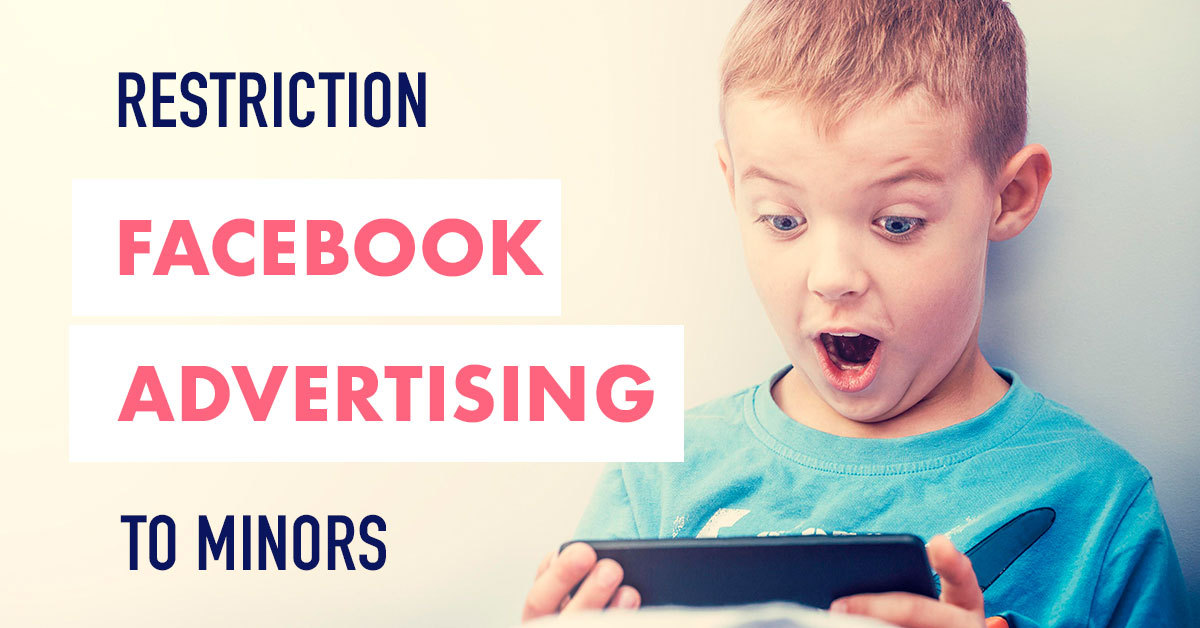A cheaper alternative to patent lawsuits
The program will match a seller claiming infringement and the accused merchant with a neutral, third-party lawyer.
According to engadget.com, the company is testing a program to help fight utility patent infringements. It’s meant to be a cheaper, faster alternative to traditional patent lawsuits, which can cost hundreds of thousands of dollars and take years to settle.
For a $4,000 deposit, the program will match a seller claiming infringement and the accused merchant with a neutral, third-party lawyer. If the accused party doesn’t respond to claims that it violated the seller’s utility patent — which details how a product is used — the product will be removed from Amazon, and the seller will get their $4,000 back. If the accused merchant wants to argue that it should be allowed to keep selling the product on Amazon, it will also have to make a $4,000 deposit. The lawyer makes a decision and collects $4,000 from whichever side loses. The winner will get their deposit back, and according to an Amazon spokesperson, the company doesn’t take a cut from anyone for going through its “Utility Patent Neutral Evaluation” process.
More Amazon news

Facebook restricts targeted advertising to teenagers
Facebook will stop advertisers from targeting minors Facebook plans to prohibit companies from targeting ads to minors based on their web and app activity, as well as their expressed interests. Instead, the company will restrict targeting categories for users under 18...

Google introduces Cloud Retail Search
Google introduces a new search tool for retailers With Retail Search, retailers can bring "Google-quality" search capabilities to their own digital platforms. This week Google announced Google Cloud Retail Search, a new tool to help retailers improve the product...

Live shopping is the new trend in online retail
European customers are open to live shopping Live shopping is one of the big e-commerce trends in 2021, writes e-commerce-magazin.de. This format has already become the standard for online shopping in China. Chinese influencers take customers on a shopping tour via...


